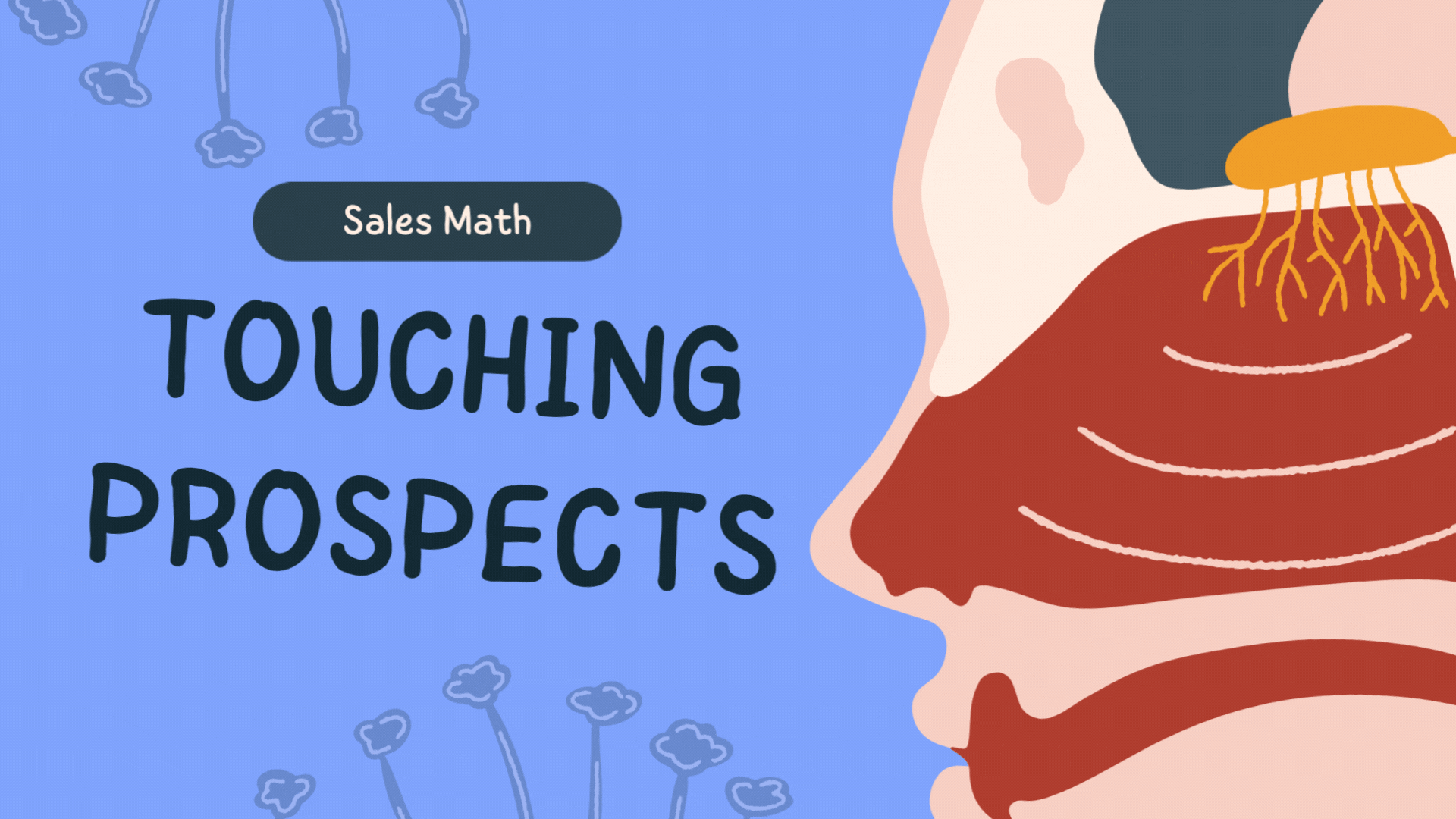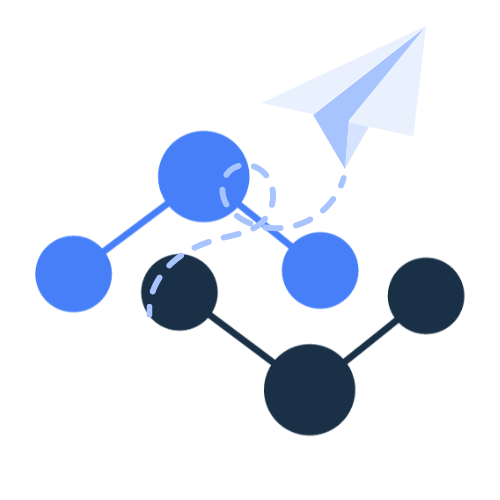Sales Math: How Many Touches Per Prospect?

Somewhat creepy AI generated art aside, sales Math can be a daunting task, especially when it comes to calculating Touches Per Prospect. This metric is crucial for any business that relies on building and maintaining relationships with potential customers. By understanding how many touches are needed to convert a prospect into a customer, you can create more effective sales strategies.
So, let’s delve deeper into Touches Per Prospect, By Channel. Consider this math: 15 total touches, broken down into 5 emails, 5 dials, 3 emails, and 2 social media interactions. These numbers may vary based on your industry and target audience, but they’re a good starting point for understanding how to calculate Touches Per Prospect.
Consider this math: 15 total touches, broken down into 5 emails, 5 dials, 3 emails, and 2 social media interactions. These numbers may vary based on your industry and target audience, but they’re a good starting point for understanding how to calculate Touches Per Prospect.
To help further illustrate this concept, let’s take a look at a few examples:
Example 1:
If you’re trying to sell a high-end product or service, it may take more touches to convince a prospect to make a purchase. In this scenario, you may need to increase your total touches to 25 or even 30, with a breakdown of 10 emails, 10 dials, 5 social media interactions, and 5 in-person meetings.
Example 2:
If you’re targeting a younger demographic, social media may be the best channel for reaching them. In this case, you may need to increase your social media interactions to 10 or more, with a breakdown of 3 emails, 3 dials, and 2 in-person meetings.
Example 3:
If you’re selling a product or service that requires a long-term commitment, such as a subscription, you may need to focus more on building a relationship with the prospect. In this scenario, you may need to add more in-person meetings or video calls to the mix, with a breakdown of 8 emails, 5 dials, 4 social media interactions, and 3 in-person meetings.
As you can see, there’s no one-size-fits-all approach when it comes to calculating Touches Per Prospect. It’s important to consider your industry, audience, and sales cycle when determining the right mix of channels and total touches.
In conclusion, Sales Math may seem complicated, but understanding Touches Per Prospect can help you create more effective sales strategies. By increasing your total touches and including a mix of channels, you can improve your chances of converting prospects into customers. Remember, there’s no magic number when it comes to Touches Per Prospect, so take the time to experiment and find what works best for your business.
